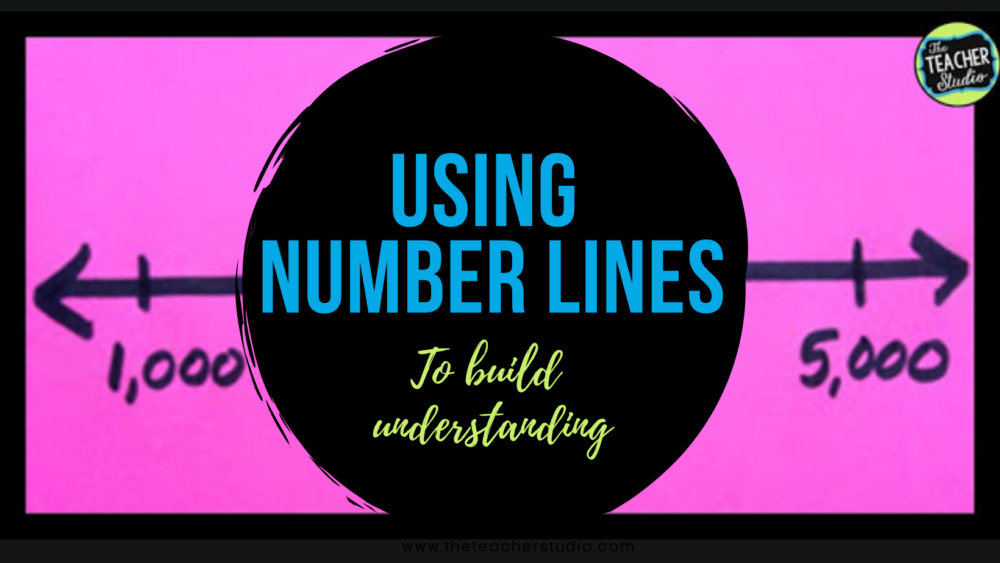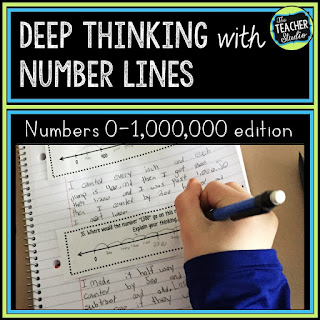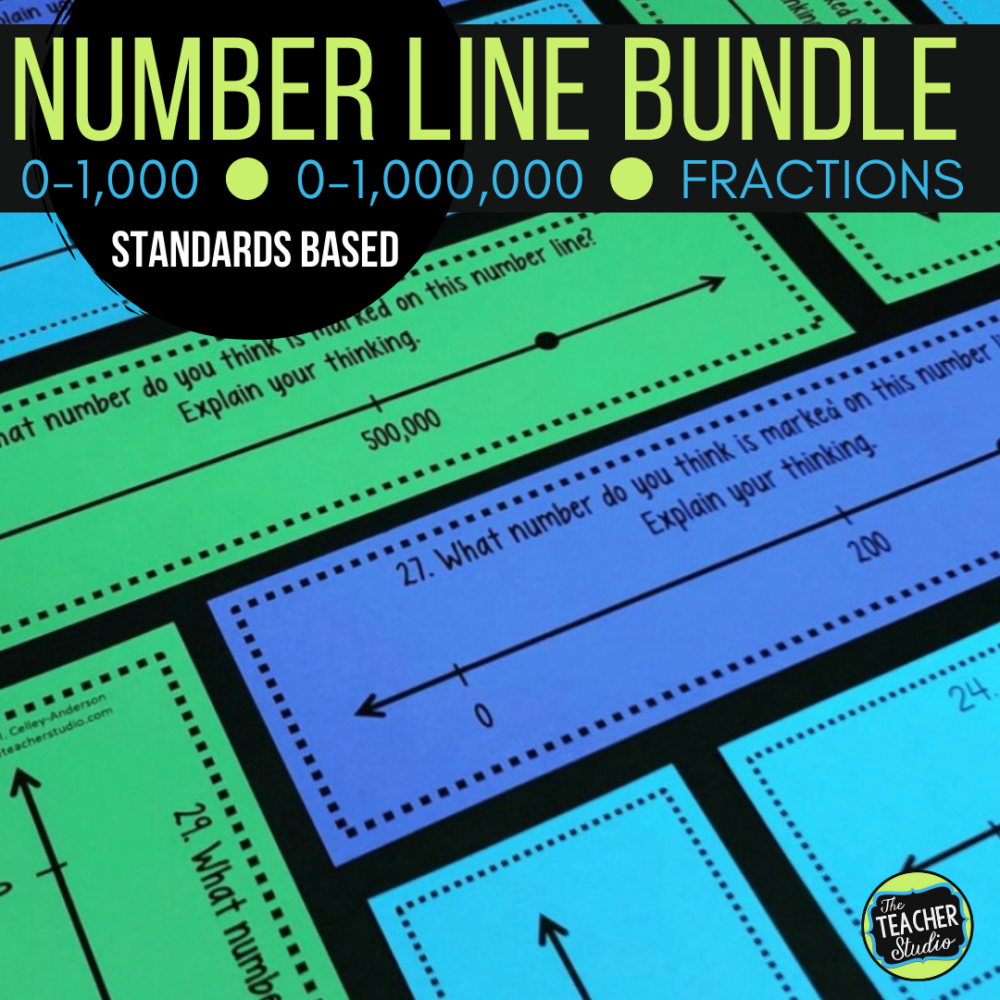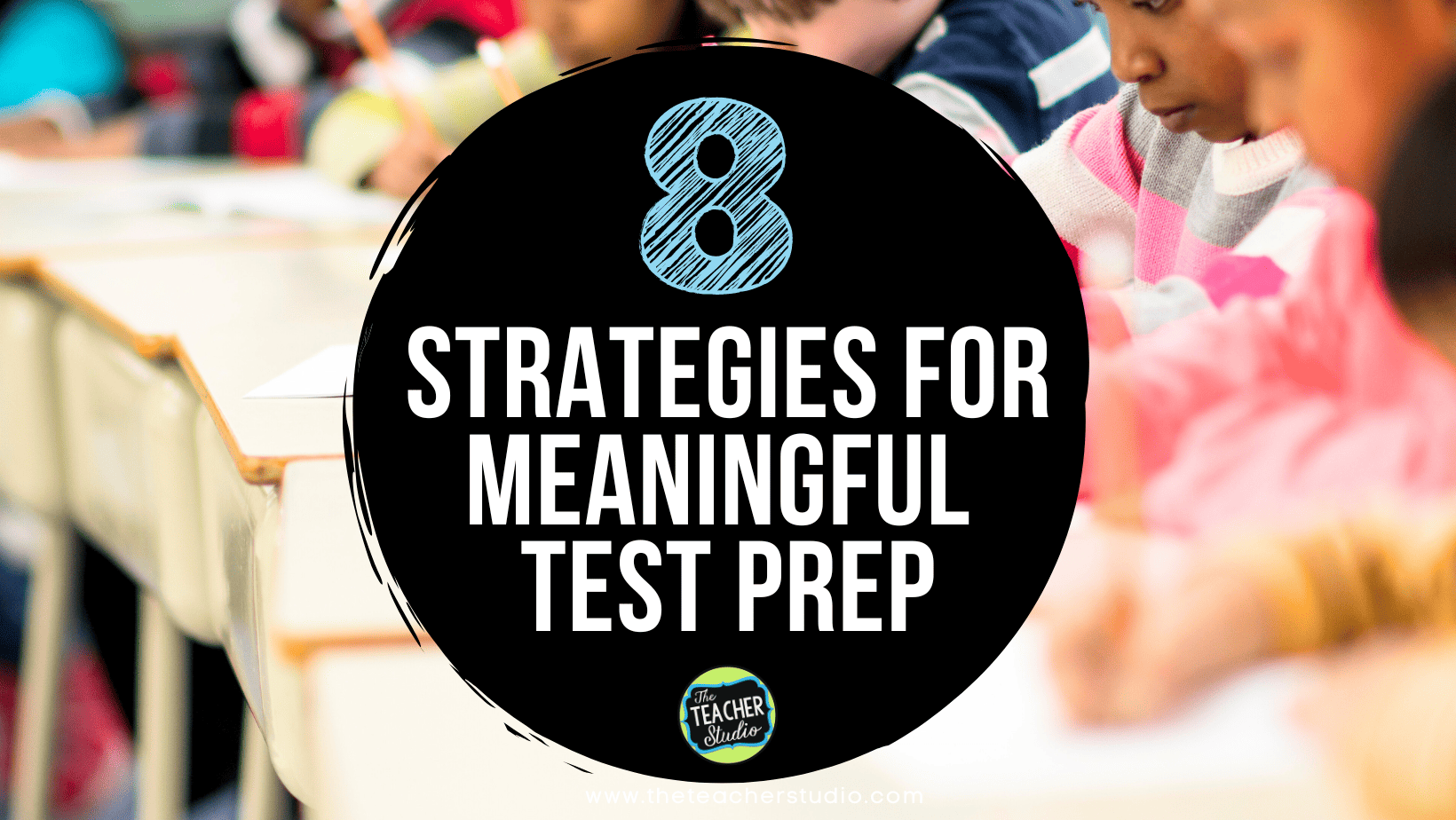Well…it’s time to start thinking about upcoming units in my fourth grade classroom, and I wanted to share with you something I have been doing more and more of this year with great results. I challenge you to think about how you can incorporate these simple number line activities into your math instruction over the upcoming months.

Why number lines?
As you all know, number sense is critical for students as we work to develop well rounded mathematical thinkers. It isn’t enough to be able to DO math, students need to be able to UNDERSTAND math, to reason about math, to talk about math, to explain about math, and to be able to apply math. One thing that I have noticed is that my fourth graders (even my mathematically best and brightest) are very computation based. They quickly learn algorithms and solve problems but sometimes the trickiest questions trip them up. consider the following number line I presented to my students earlier this year.
I thought it was an easy question…
My question–“What number would go by the blue line?” Trust me, I truly thought this was an easy one…a “no brainer”…a “warm up”. What happened was astonishing! My students (especially the mathematically best and brightest!) all started yelping about how easy it was, blah blah blah. When I asked for the answer, I got the following:
It’s so easy! It’s 2,000 because 5,000 – 1,000 is 4,000 so you take half of that!
and
It’s so easy! It’s 2,500 because the number line goes to 5,000 and the blue line is halfway!
Fascinating, right? So…needless to say…we changed our course for the day and tackled number lines and thinking about numbers. We created all sorts of similar number lines. We changed the starting and ending numbers, and we changed the “blue line”. Not only that, but we tried fractions and decimals, we tried adding in negative numbers. Most importantly, we LOOKED CLOSER (see earlier post!!!) and really started paying attention to number lines. We have amazing discussions–truly amazing discussions, and I am convinced many of my students are changed because of it. We have continued to work regularly with number lines, and I can honestly say that simple problem has dramatically deepened students’ mathematical understanding.
It also became a great opportunity to encourage students to “interact” with their number lines…to draw more “tick marks” and add more numbers. So many number line activities in text books are at such a low level. They already put the tick marks in. They start all the number lines at 0. Most often, they want students to fill in a number and forget the discussion, the reasoning, and the number sense.
Number Line Activities
So…my challenge to you is this: How can YOU incorporate number lines into what you teach in math? What other ways can you use them? I actually use number lines as exit slips…I give problems similar to the one above and ask students to explain their thinking. I’ll even give problems as open ended as “Design a number line that accurately shows me where 0.35 and 2.5 would be. Explain your thinking.” Another favorite–have students build a number line with a “mystery blue line” and exchange it with a partner. Have the partner write the missing number and explain their thought processes. The two students need to come to agreement about what number should be there.
A few questions for those of you already using number lines…
*Do you always start at 0?
*Are you asking students to find missing numbers in all different places on the line–including BEFORE the first number listed?
*Do you vary the intervals presented?
*Are students using number lines to model their thinking when solving problems?
*Do you ask students to explain their thinking when marking places on a number line?
*Do you ask students to both plot points on number lines–and to identify values for points that YOU have placed on the line?
*Have you used number lines to talk about negative numbers?
*Do you explain why number lines have arrows on the ends?
(NOTE: Try the pink problem above with your teacher friends…you can learn a LOT about your own mathematical understanding! We had a teacher who had her eyes really opened about number sense when we tried these at our team time!)
Many teachers asked me for more help with number lines, so I have added a series of number line resources to my store to help you. Each is low ink and has LOTS of number line options for you to use! The image below will take you to the “original” set that works with numbers to 1,000.
This will link you to the set that goes to 1,000,000. If students have very little experience with this kind of deep thinking, I highly recommend starting “low” before working with numbers so large that they are hard to visualize.









